Moving to or living in Mexico comes with a variety of adjustments and one crucial aspect of modern life to consider is internet service. Whether you’re working remotely, streaming entertainment or keeping in touch with loved ones, reliable internet is essential. However, internet availability and quality can vary depending on the region. This article covers everything you need to know about internet service in Mexico, and the pros and cons of internet access across the country.
Mexico’s internet infrastructure has improved significantly in recent years, particularly in urban areas and tourist hubs. However, rural and remote areas may still face challenges with consistent, high-speed internet. Depending on where you plan to live or visit, your internet experience can vary drastically. Here’s a high-level view of the major internet service providers and what to expect. This is not meant to be an exhaustive list but the companies that are most commonly used.
Telmex, owned by América Móvil, is Mexico’s largest and most widely available internet provider. The company offers broadband services via DSL and fiber optic, with its most popular service known as Infinitum. Important aspects to consider:
-
- Availability: Nationwide with extensive coverage in urban areas (verify areas served on their website).
- Speeds: Fiber optic speeds reaching up to 1000 Mbps in some locations, while DSL services typically offer lower speeds.
- Pros: Availability in most regions and competitive pricing.
- Cons: Speed inconsistencies in rural areas and older infrastructure in some locations.
Totalplay provides high-speed fiber-optic internet with bundled services that include TV and phone. The company is known for its excellent service in urban areas. Important aspects to consider:
-
- Availability: Mainly in larger cities like Mexico City, Guadalajara, and Monterrey (verify areas served on their website).
- Speeds: Fiber optic speeds reaching up to 1200 Mbps.
- Pros: Excellent speed and service quality in urban areas, appealing bundling options.
- Cons: Limited to major cities, coverage in rural areas is sparse or nonexistent.
Megacable is a well-established cable and fiber internet provider in Mexico, especially popular in central and western regions. Important aspects to consider:
-
- Availability: Mainly in urban areas, including Guadalajara, Puebla, and León (verify areas served on their website).
- Speeds: Fiber optic speeds reaching up to 500 Mbps.
- Pros: Offers affordable bundles with TV and phone services, reliable in areas with coverage.
- Cons: Limited to certain regions, can experience slowdowns during peak hours.
IZZI, owned by Grupo Televisa, is another prominent internet provider, offering both fiber-optic and cable services. Important aspects to consider:
-
- Availability: Primarily in major cities like Mexico City, Monterrey. and Guadalajara (verify areas served on their website).
- Speeds: Fiber optic speeds reaching up to 1000 Mbps.
- Pros: Affordable packages, strong in urban areas.
- Cons: Spotty service in smaller towns and rural regions.
CFE Internet is a relatively new provider, created by the Mexican government to bring affordable internet to underserved regions. Please note that CFE is the national electric utility provider. Important aspects to consider:
-
- Availability: Expanding coverage in rural areas and small towns.
- Speeds: Speeds reaching up to 100 Mbps.
- Pros: Affordable and focused on rural areas, helping bridge the digital divide.
- Cons: Limited speeds compared to private providers, slower rollout of infrastructure.
Starlink, operated by SpaceX, is revolutionizing internet access in Mexico’s rural and remote areas. The satellite-based service is ideal for locations that lack terrestrial infrastructure. Important aspects to consider:
-
- Availability: Nationwide with particular relevance in rural areas.
- Speeds: Speeds can vary by location and by the time of day but generally range from 100-200 Mbps.
- Pros: Accessible even in the most remote locations, faster than traditional satellite internet.
- Cons: Expensive initial setup costs, weather-related disruptions can occur.
Internet Availability by Region
Urban Areas: Larger urban centers such as Mexico City, Guadalajara, and Monterrey offer the best internet connectivity. Providers like Telmex, Totalplay, and Megacable dominate these areas with fast, reliable fiber-optic services. Speeds can easily reach 1 Gbps in many locations, making urban centers ideal for remote workers and families looking for high-speed internet.
Pros:
-
- High-speed options available.
- Multiple providers offer competitive packages.
- Reliable connections for streaming, work, and video conferencing.
Cons:
-
- Higher prices for premium services.
- Congestion during peak hours can sometimes slow speeds.
Rural Areas: Rural and remote regions in Mexico still face challenges with internet access. While Telmex offers coverage in many rural locations, speeds are often limited due to older infrastructure. CFE Internet is improving access in underserved areas, but speeds are slower compared to urban offerings. This is where Starlink steps in, providing fast satellite internet to even the most isolated regions.
Pros:
-
- Starlink offers a viable solution for remote areas.
- CFE Internet is affordable and expanding.
Cons:
-
- Slower speeds from terrestrial and other satellite providers.
- Higher costs for satellite internet solutions like Starlink.
Coastal Areas: Popular tourist destinations along the coasts, such as Puerto Vallarta, Cancún, and Playa del Carmen, have seen rapid improvements in internet infrastructure, especially with the rise of remote work. Providers like Telmex, IZZI, and Totalplay are common in these areas and Starlink provides an option for more remote beach locations.
Pros:
-
- Growing infrastructure in tourist areas.
- Multiple provider options in larger towns.
Cons:
-
- More remote beach areas may rely on satellite services, which are more expensive.
Choosing the Right Provider
When deciding on an internet provider in Mexico, consider the following factors:
-
- Location: Urban dwellers will have access to the widest range of providers and fastest speeds, while rural residents may need to rely on options like Starlink or CFE.
- Usage needs: If you work from home or rely heavily on streaming and video calls, choose a fiber-optic provider in urban areas or consider Starlink for rural locations.
- Price: Internet service prices can vary widely, so it’s worth comparing packages from multiple providers to get the best deal.
- Customer support: Some providers, like Telmex and Totalplay, have more established reputations for customer service, while others may be more variable.
Conclusion
Internet service in Mexico has improved substantially in recent years, but the experience varies depending on where you live. Urban areas boast some of the fastest fiber-optic connections, while rural regions can benefit from innovative satellite solutions like Starlink. Whether you’re relocating to Mexico or simply spending time here, understanding the available providers and regional differences will help you find the best internet service to suit your needs. By carefully considering your location, budget, and internet usage, you can stay connected and enjoy everything Mexico has to offer, from its vibrant cities to its remote rural charm.
Please feel free to leave us a comment below about your experience with interet service and connectivity in Mexico. We would love to hear from you! Additionally, if you found this article helpful, consider sharing it with others who might benefit from it. A quick share goes a long way in helping others discover useful information!


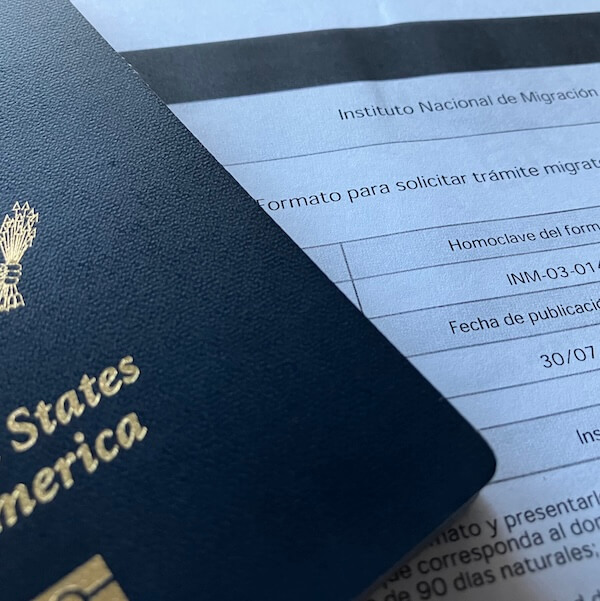

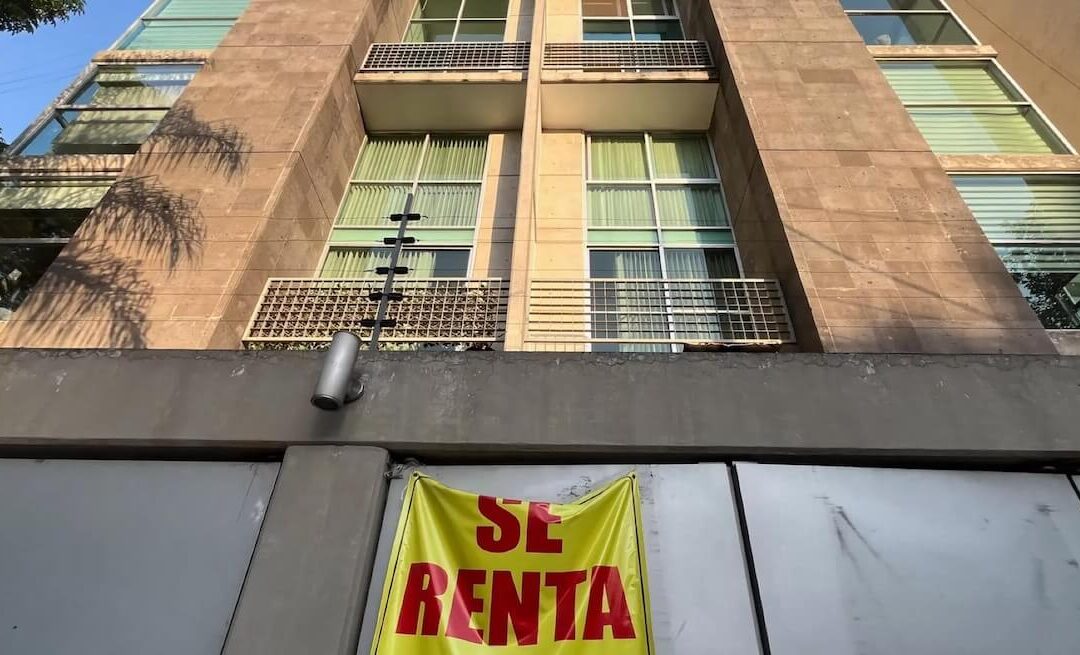
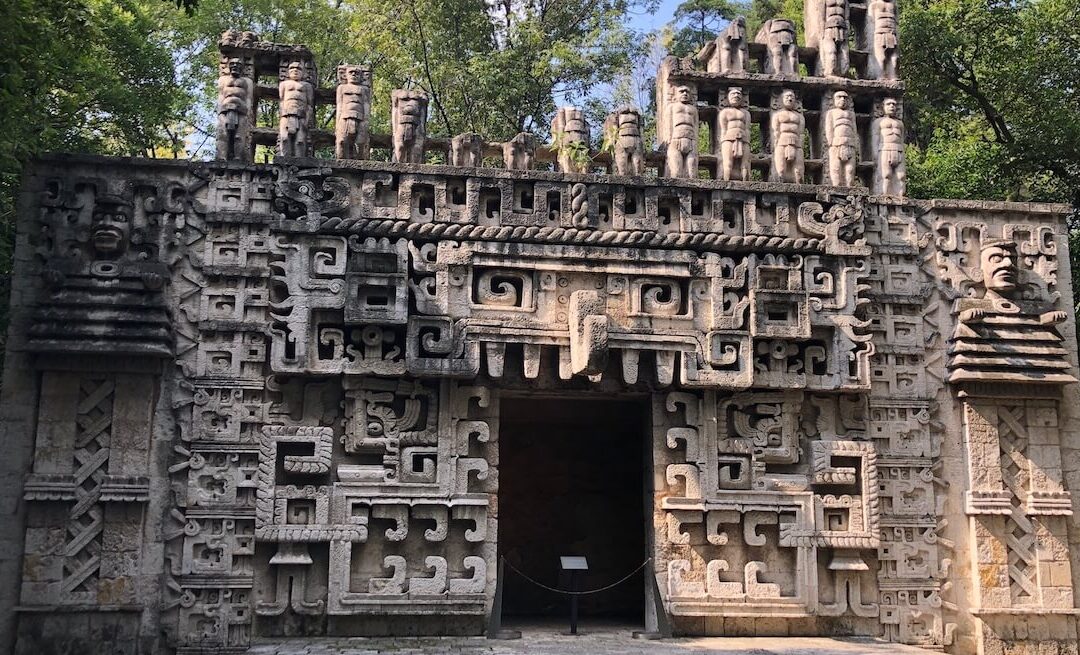

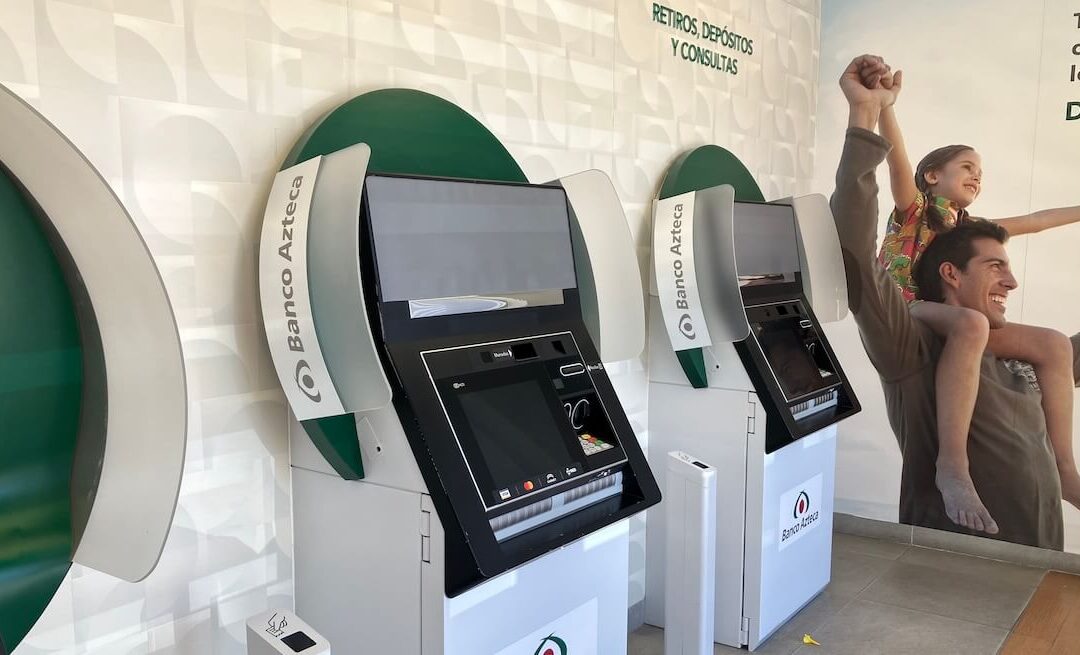

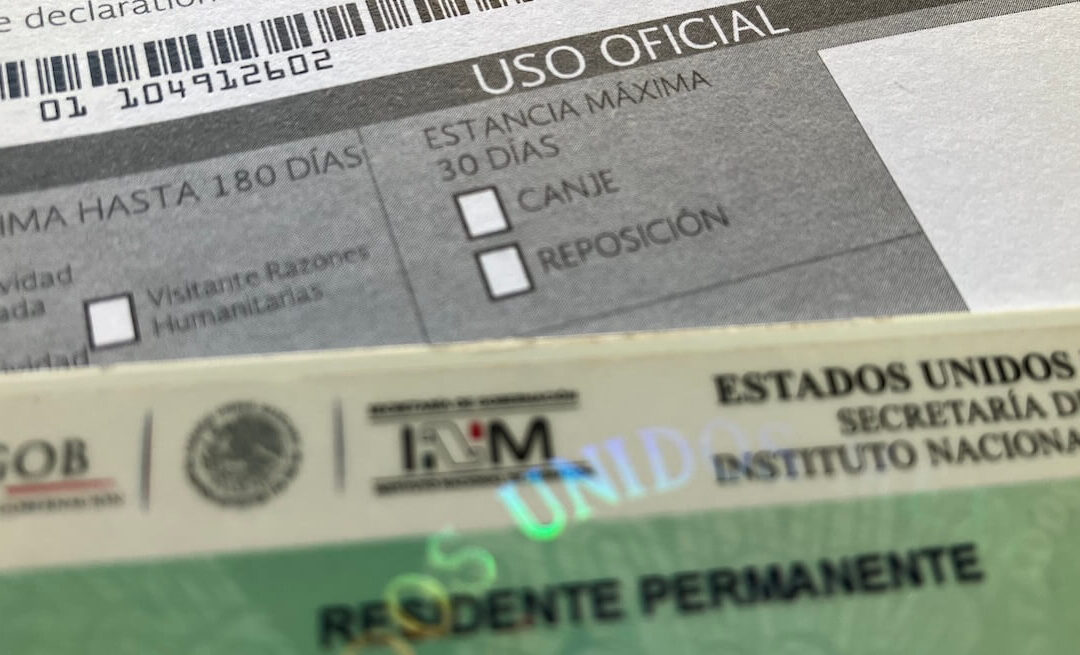
0 Comments